This is the third recipe in our Easy, Surefire Recipe series. The idea behind the series is to present malt extract recipes that play to the strengths of malt extract and can be brewed using stovetop brewing practices with a high probability of success. The recipes are also designed to be simple — mostly meaning that you don’t have to make a yeast starter — but still produce great beer that is a good representation of the style.
Pharming Polly is a Scottish seventy shilling ale, a beer one notch lower in gravity than Scottish export ales. It is a well-balanced, session ale with a complex malt flavor that comes in part from the use of amber malt.

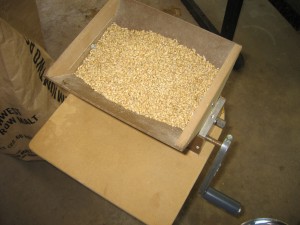

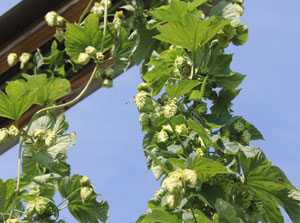
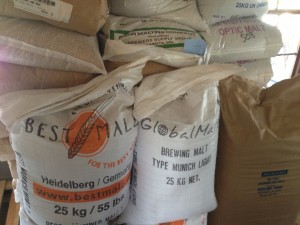



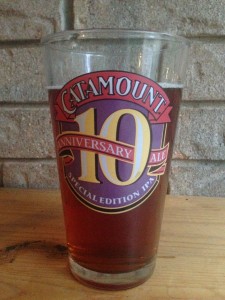
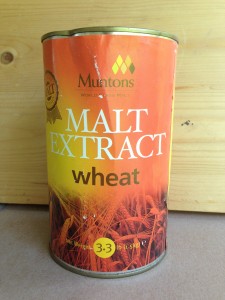

Recent Comments